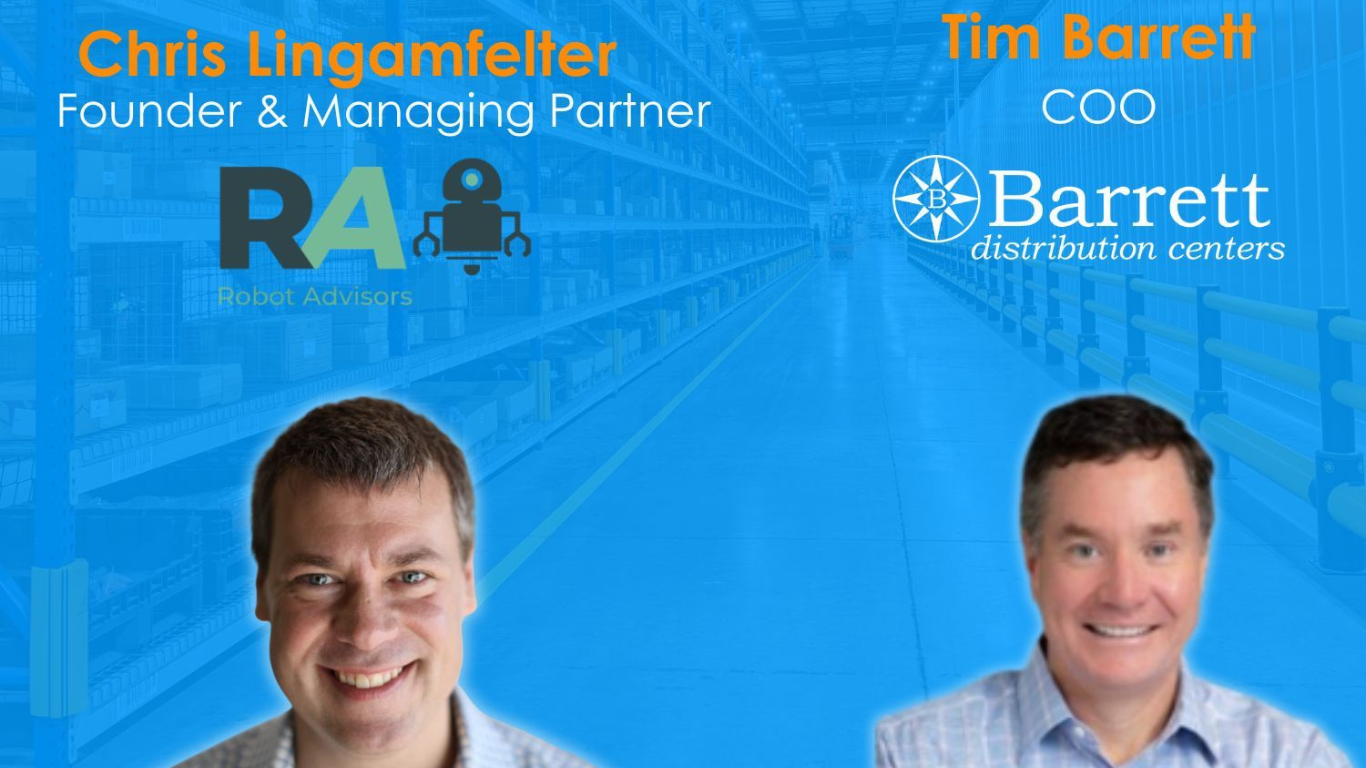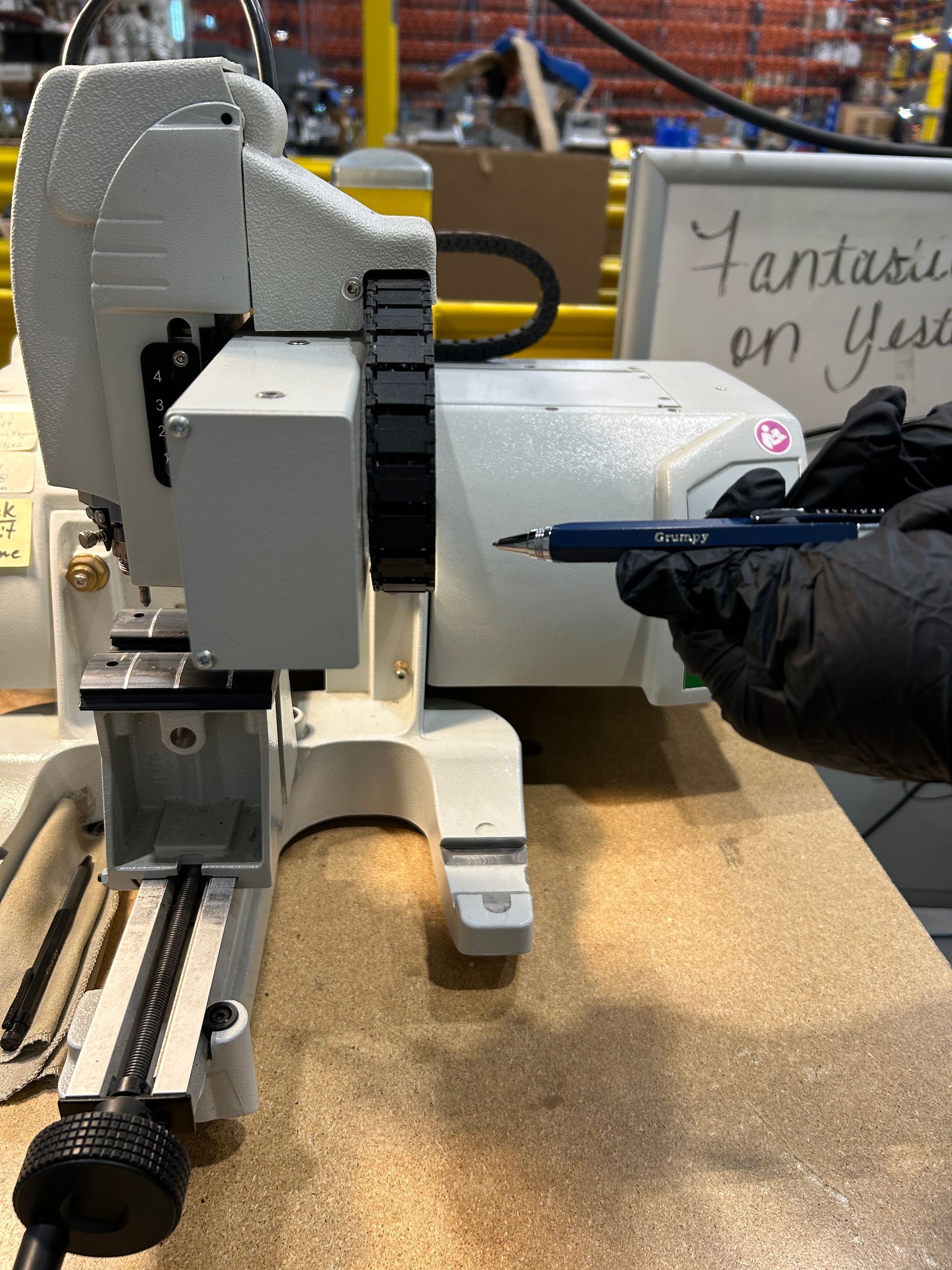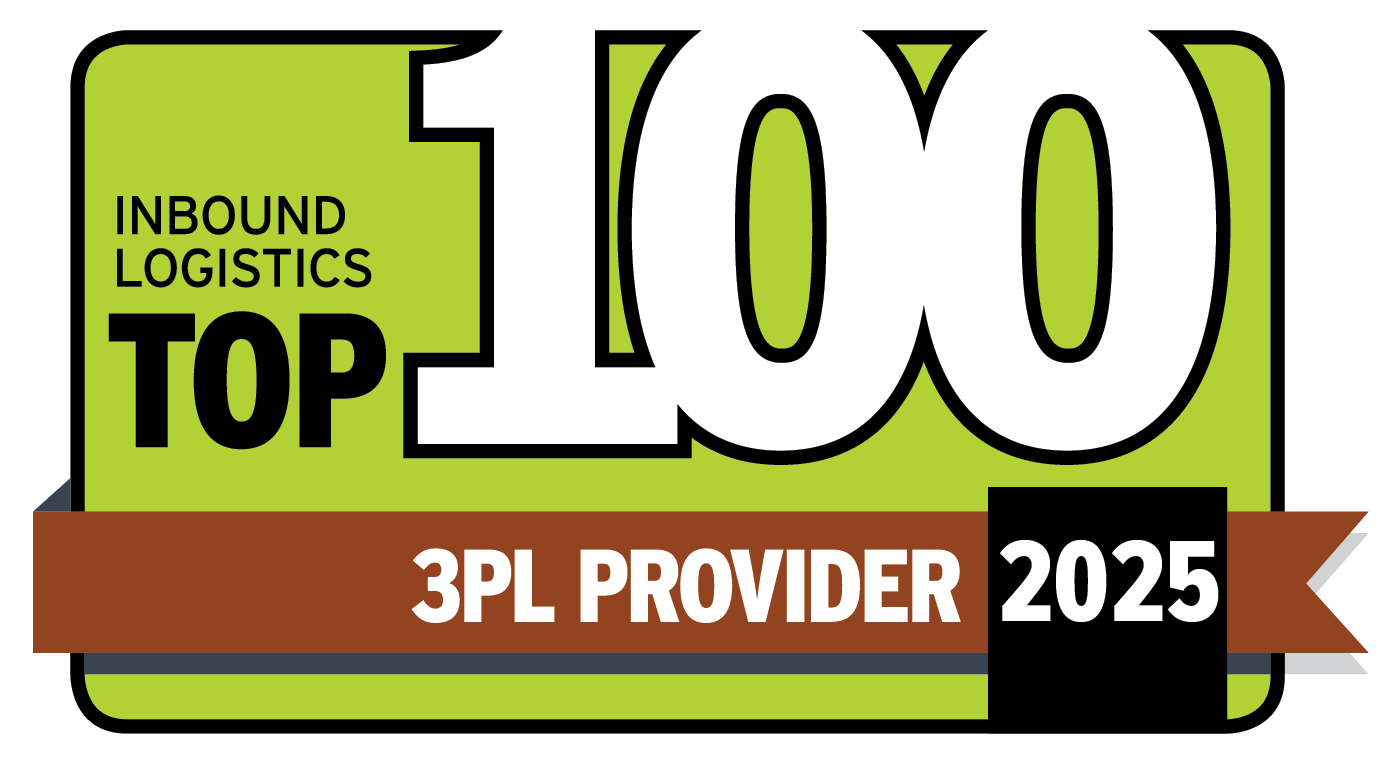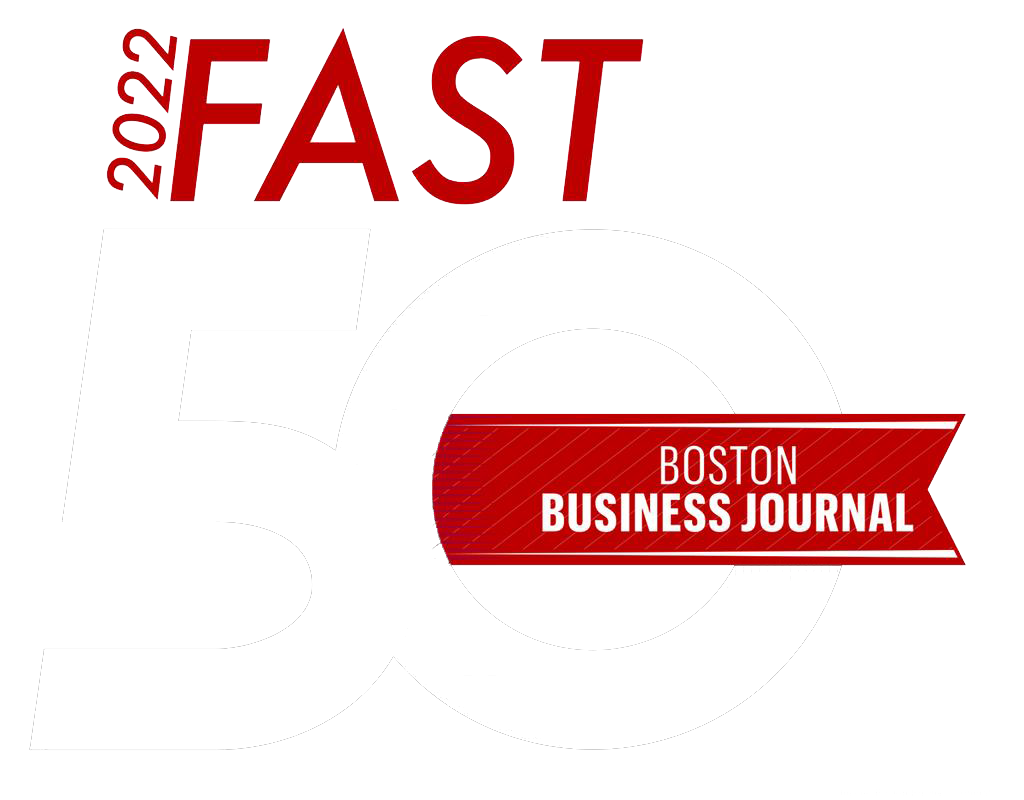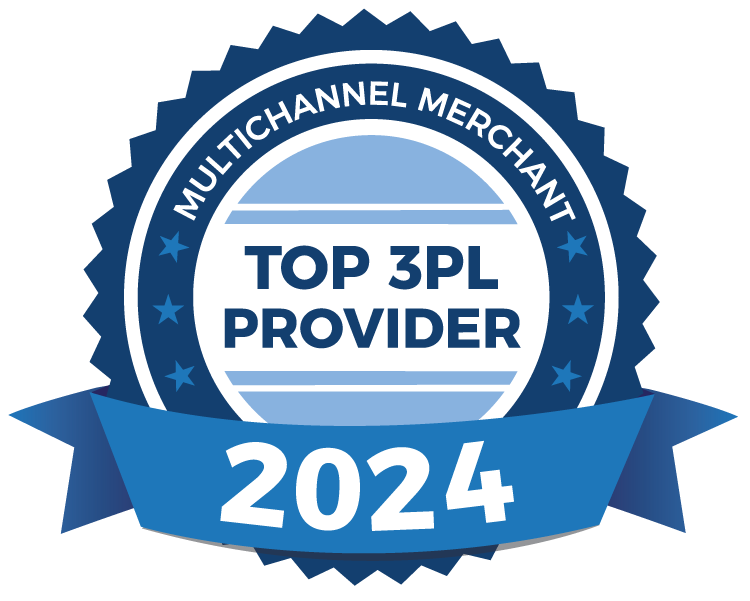Game On: How Mini Games Are Transforming Warehouse Operations

At Barrett Distribution, continuous improvement is at the core of everything we do. Our commitment to operational excellence and employee engagement drives us to find innovative ways to enhance efficiency, quality, and teamwork. One of our key strategies for fostering this culture is our Quarterly Mini Games—focused initiatives encouraging teams across our facilities to collaborate, set measurable goals and implement process enhancements that drive business impact and client satisfaction.
Celebrating Success: Q4 Mini Games
The Q4 Mini Game presentations highlighted Barrett’s dedication to improving quality and efficiency. These initiatives targeted reducing incident creation, improving LP accuracy, and strengthening collaboration. Teams reported significant incident reductions, cost savings, and increased client satisfaction. Employee engagement and open communication were key drivers of success, reinforcing the power of teamwork and innovation.
Mini Game themes at Barrett:
- Quality is Just Around the Corner
- Race to Receive
- Kicking it into High Gear
Quality Assurance and Incident Tracking
Daniel Ryder, Assistant Operations Manager, led the team’s quality assurance efforts by tracking pallet quality, monitoring shipping errors, and categorizing incidents for research. Their goals included:
- Reducing incident creation
- Improving LP accuracy
- Implementing a new pick auditing process
- Increasing leadership presence on the dock
These efforts resulted in a 31% reduction in weekly incidents and a 9.3% reduction in cases impacted. The improvements had a significant financial impact, proving the effectiveness of their auditing process and revised cycle count program.
Inbound Process Improvements and Cost Savings
For the Race to Receive Mini Game. Joe Reynolds, Assistant Ops Manager, discussed the implementation of a new one-step receiving process in the inbound department for a popular apparel brand.
By implementing a new one-step receiving process, the team:
- Increased dock-to-stock efficiency from 75% to 90%
- Reduced inbound headcount from three employees to one
- Achieved $100,000+ in annual cost savings
- Cleared 40 inbound containers with 100% accuracy in January and February
These results showcase the team’s operational excellence and commitment to continuous improvement.
Mini Game Success in Inbound Processes
Walter Gonzalez, Operations Manager, and Nick Morello, Warehouse Lead, demonstrated the impact of an initiative focused on inbound and put-away processes for a leading apparel brand. The team:
- Increased put-away units per hour from 205 to 252
- Achieved 53.2 UPH against a 44.8 baseline
- Expedited in-transit selling for customers
- Realized $19,081 in Q4 labor savings, with projected annual savings of $38,000
Walter emphasized that these achievements were driven by associate engagement and ownership, with team members actively tracking daily results.
Collaboration and Communication: The Keys to Success
Open communication and employee input were essential to these improvements. The team stressed the importance of:
- Encouraging small ideas that lead to significant efficiency gains
- Maintaining a proactive approach during challenges like volume decreases and late shipments
- Fostering a positive work environment to sustain morale and productivity
Voting and Celebration
After three strong Mini Game presentations, teams participated in the voting, naming one of our Hillsborough, NJ, facility as the Q4 winner.
Driving Continuous Improvement for Better Partnerships
At Barrett, continuous improvement is a mindset that fuels our success and strengthens our partnerships. Through initiatives like our Quarterly Mini Games, we empower our teams to optimize processes, reduce costs, and enhance quality while fostering a culture of collaboration and innovation. These efforts benefit our internal operations and directly impact our clients by improving efficiency, accuracy and overall service excellence.
Contact Barrett today to see how our expertise can help optimize your supply chain and drive long-term success.
Recent Blog Posts
